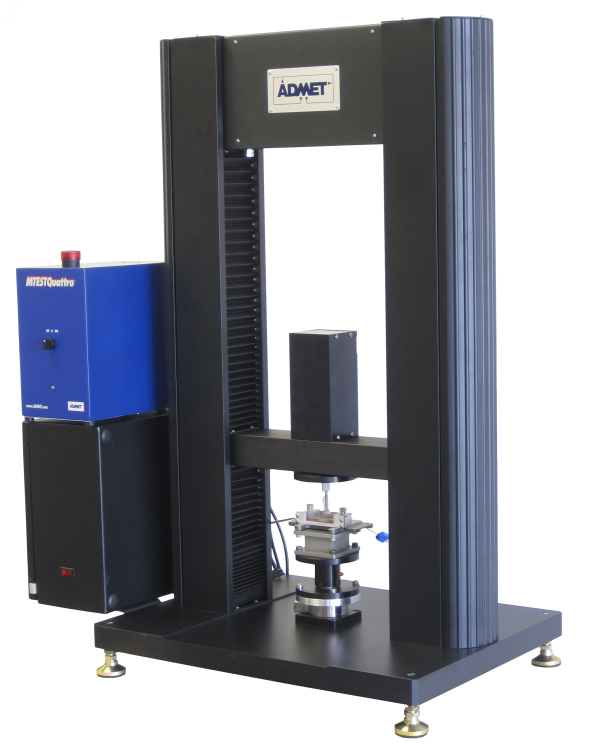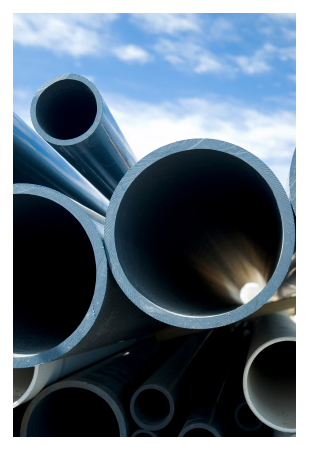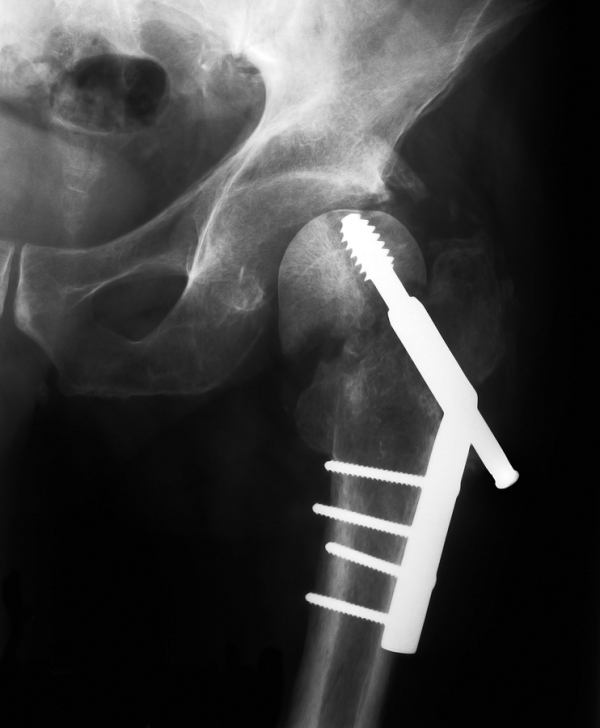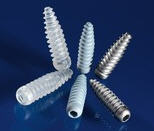External fixation is a surgical treatment used to set bone fractures in which a cast would not allow proper alignment of the fracture. An example of a standard test for external fixation is ASTM F1541.
Medical Device Testing: Internal Fixation vs. External Fixation
Topics: Biomedical, Bone screws and plates
Plastic Materials: From disposable to "re-make-able"
We find plastics everywhere in our daily routine, from the automobiles we drive to the packaging of our foods. Plastics are strong, lightweight, and eminently useful. Over the past few decades, though, the public has become aware of the environmental impacts plastics can have. These concerns have inspired researchers to develop new techniques for producing plastic and have placed a focus on ensuring plastic is properly handled after it has been used. Here is some information on a few recent breakthroughs!
Medical Device Testing: Too Much, or Not Enough?
When we have surgery, we trust that the surgeon has been tested and successfully demonstrated his or her ability to successful complete the operation in the past. And the surgeons themselves have faith that the instruments and implants they use have similarly been tested to the highest standards. Or so we’d like to think.
Topics: News, Bone screws and plates, medical device testing
MIT Researchers Working to Develop Biomimetic Medical Adhesive
Many of us know that geckos can help save us money on car insurance. As if that wasn't enough, MIT researchers led by Professor Jeffrey Karp are now attempting to add breakthrough medical adhesives to this unassuming lizard's list of achievements.
Topics: universal testing machine, Tensile Test, Adhesive, eXpert 7600, Laboratory research and consulting
Revolutionizing the Bone Screw Industry- Bioceramics
Topics: Biomedical, Torsion, implants, Biaxial, Bone screws and plates
Alternative Material for Knee Replacements gets preliminary approval
Ultra high molecular weight polyethylene is not only fun to say, but it is also an incredibly versatile material commonly used as a bearing surface in joint replacements. Polyethylene has low friction, good fracture toughness and fatigue resistance. However, there are several reasons for it's failure in clinical studies. New evidence suggests Read more...
Topics: Biomedical, Plastic, implants, medical device testing
It is a common concern of Medical Tape manufacturers- "we need to produce a tape that is easy to put on and easy to take off" 3M looks like they have a winner with their Kind Removal Silicone Tape. The product was launched at the Wound Ostomy and Continence Nurses Society conference in New Orleans. It should be available this summer. Read More...
Topics: News, Biomedical
Spinal Fracture Treatment using Biological Cement
Materials scientists have developed a range of biological cements that could be injected into spinal fractures incurred through major impacts such as car crashes.
Topics: News, Biomedical
The findings by James Bullock and Walter Federle could inspire novel man-made adhesives...Read more
Topics: Adhesive
Bubble-Infused Plastic Could Help Make Cars 750 Pounds Lighter
Topics: Plastics









